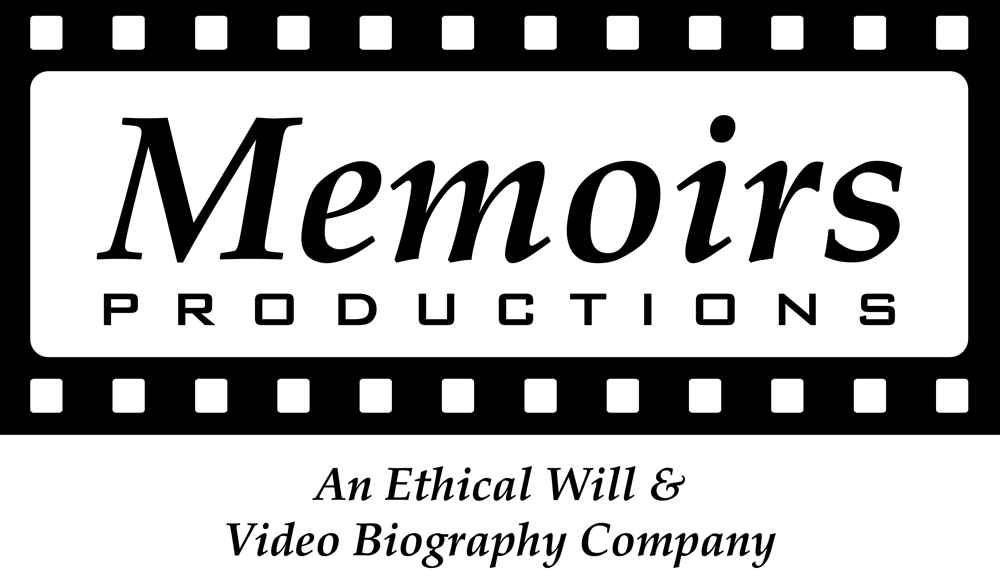Virtual Reality – A New Frontier for Legacy
Have you ever looked through old photos of loved-ones who are deceased and wondered where the pictures were taken or which family members were in it? As a friend recently discovered after her grandmother passed away, this predicament left her frustrated and saddened. There was no one left who had the knowledge about these family archives.
VR to the rescue
Imagine sitting around the Thanksgiving table and reminiscing about Grandpa’s old war stories when you realize no one remembers where he was stationed during the war. Now imagine being able to ask Grandpa and get the answer directly from his likeness. Not long ago we would have thought this only possible in the realm of science fiction, but with the development of Virtual Reality (VR) technologies it is now closer to being attained than ever before.

Photo via TED, Duncan Cheng.
Coming soon
Performance artist Gabriel Barcia-Colombo, creator of The Hereafter Institute, offers virtual reality reconstructions to deceased loved-ones.This experience allows living family members to step into a reconstructed scene with their deceased loved-ones and listen to the retelling of memories pertaining to the dearly-departed. It leaves users with the feeling of being with their loved-one, connecting to the sights, sounds and stories that are cherished.
When asked if his art could become a viable company, Barcia-Colombo concedes it does serve a useful purpose. “I am hoping the Hereafter Institute (will) make us think about the ever present role of technology in planning future memorials and rituals – how we want to be remembered.”
VR and legacy preservation
At Memoirs Productions, we use today’s cutting-edge technology– drone shooting and 4K High Definition video– to record and preserve our productions on archival DVDs. This enables future generations to see and hear the stories told by their loved-ones. Add the gestures and unique body language that VR allows one to see, hear, and feel and soon we will be able to offer an immersive legacy experience beyond anything thought possible only a few years ago.
VR technology is advancing to the point where we will record stories and personal responses to specific questions so that future generations will be able to interact with their ancestors. We can imagine sitting beside Grandpa and have him directly answer the question about where he was stationed during the war.
What better way could there be to learn from those who are dearly departed than to hear their stories while we are “sitting in the same room”? We are looking forward to working in Virtual Reality technology with families that are passionate about legacy preservation. We’ll keep you posted…

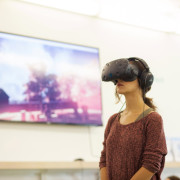
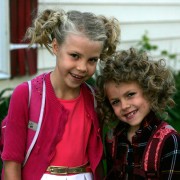

 Gail, in the meantime, might be a bit uncomfortable. That’s OK! Reassure her that she’s loved and respected and also to just sit back, relax (if she can) and ENJOY! Place your smartphone with the voice memo ON and off you go!
Gail, in the meantime, might be a bit uncomfortable. That’s OK! Reassure her that she’s loved and respected and also to just sit back, relax (if she can) and ENJOY! Place your smartphone with the voice memo ON and off you go!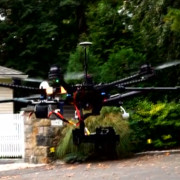
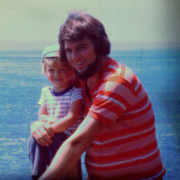
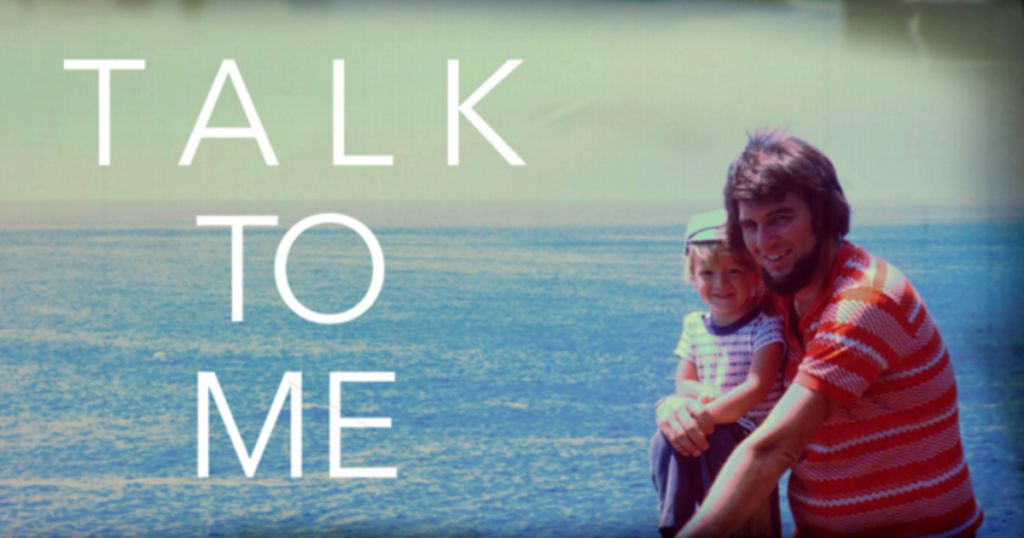
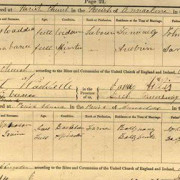
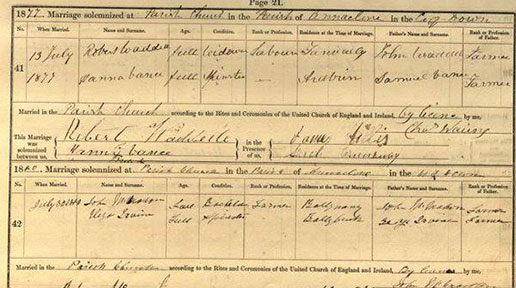
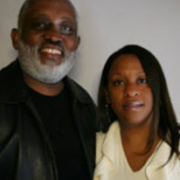

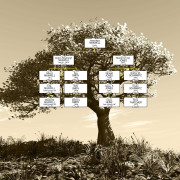
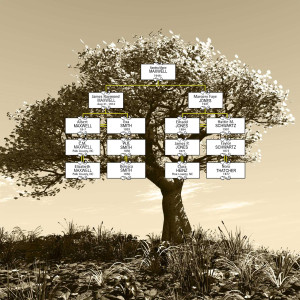 Uncovering the life stories of our ancestors can help us answer many questions about who we are. They not only may be fascinating; they can provide valuable insights into our identity that cannot be answered by searching within oneself. The stories and archival documents from the past are also an invaluable resource for revealing our family’s medical history. Whether discussing it with our elders or combing records in search of important dates and names, it’s worth taking the time to look for clues that can help confirm or predict disorders for which we might be at risk.
Uncovering the life stories of our ancestors can help us answer many questions about who we are. They not only may be fascinating; they can provide valuable insights into our identity that cannot be answered by searching within oneself. The stories and archival documents from the past are also an invaluable resource for revealing our family’s medical history. Whether discussing it with our elders or combing records in search of important dates and names, it’s worth taking the time to look for clues that can help confirm or predict disorders for which we might be at risk.